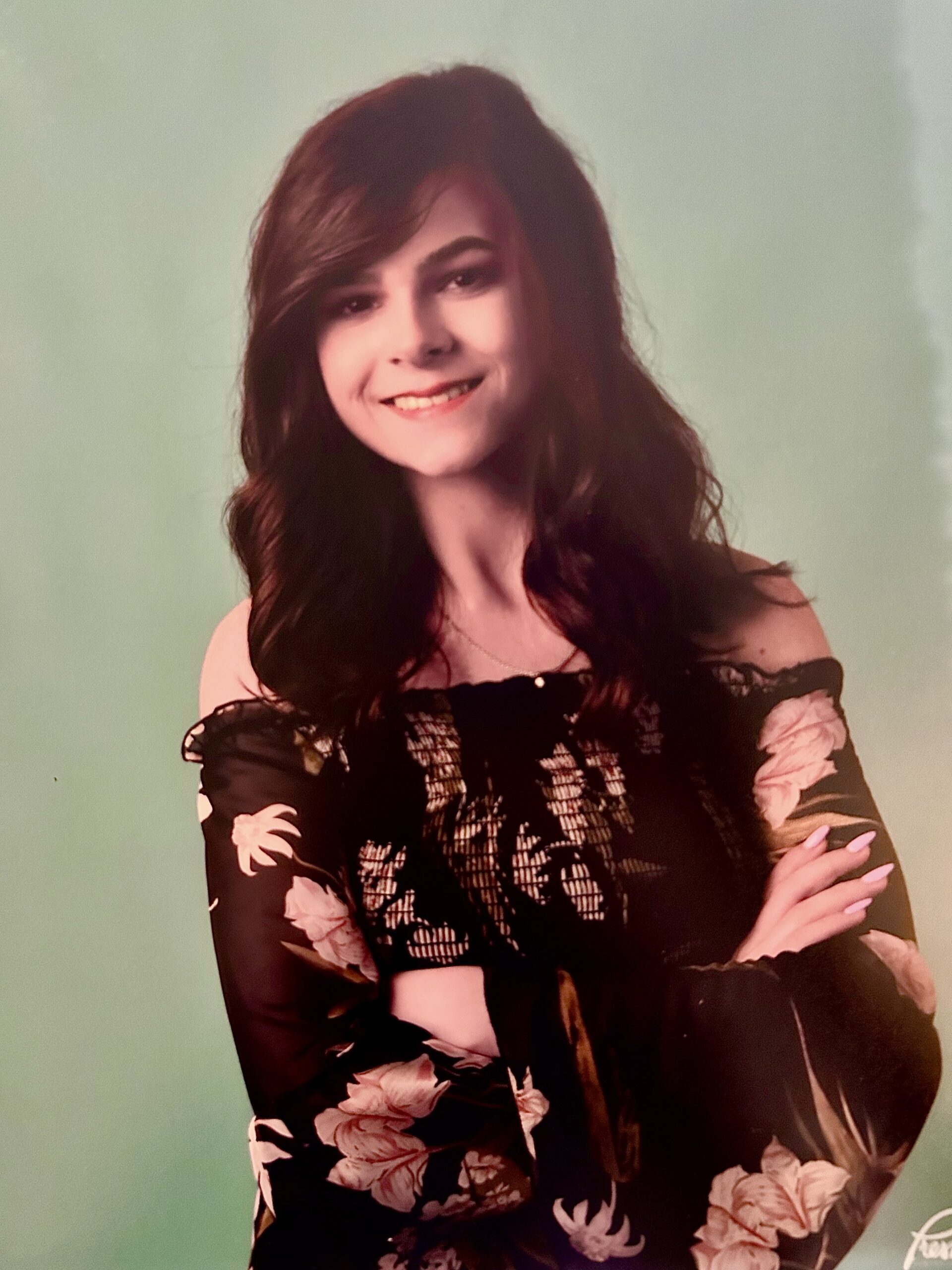
In the ever-evolving landscape of contemporary reading experiences, interactive e-books have emerged as a transformative force. By seamlessly incorporating multimedia elements into storytelling, these e-books represent a significant shift in the digital publishing sphere. The emergence of new media formats has led to increased demand for immersive storytelling beyond traditional text. This growing demand for interactive content is reshaping the digital literature landscape, prompting publishers to adapt and innovate. The infusion of multimedia not only enhances the visual appeal of narratives but also fundamentally changes the narrative structure, leaving an enduring impact on reader engagement. This exploration delves into key aspects of this dynamic literary landscape, covering the evolution of reading experiences, the diverse benefits of interactive e-books, the digital tools empowering creators, the impact on authors and publishers, and a glimpse into the future with advancements like virtual and augmented reality. Through this journey, we unveil the profound influence of multimedia integration on storytelling and the ever-evolving nature of reading experiences.
The Evolution of Reading Experiences
The landscape of reading experiences is currently undergoing a profound transformation, witnessing the decline of traditional print books in favor of the dynamic realm of digital interactive e-books. This shift represents a broader change in the interaction between readers and literature, driven by historical events and technological advancements. Pivotal moments in the history of publishing have marked the transition from print to digital formats.
The invention of the printing press, for example, revolutionized the accessibility of books, making literature more widely available. Fast forward to the digital age, and innovations like e-readers, tablets, and smartphones have opened entirely new avenues for interactive storytelling. This blend of historical context and technological progress has not only reshaped the medium through which stories are conveyed but has also led to a noticeable shift in reader expectations and preferences. Readers today, accustomed to the convenience and interactivity offered by digital platforms, seek a more engaging and participatory form of literary consumption.
Moreover, as interactive reading technologies continue to evolve, the evidence is in the growing attraction of readers to these platforms. The increasing popularity of interactive e-books, immersive storytelling apps, and augmented reality reading experiences indicates a demand for more dynamic and participatory engagement with literature. This trend highlights the interplay between history and technology, shaping interactive reading experiences.
Benefits of Interactive E-Books
Interactive e-books provide a wide range of advantages by catering to diverse learning styles and offering a versatile platform for visual, auditory, and kinesthetic learners. This adaptability positions them as valuable tools, addressing individual preferences and reader needs effectively. The integration of multimedia elements plays a crucial role in enhancing storytelling, elevating the reading experience to a multi-sensory journey. Through the seamless combination of visuals, audio, and interactive components, these e-books go beyond traditional narratives, captivating readers in a more immersive and engaging manner.
The cognitive benefits of interactive storytelling extend beyond mere entertainment, contributing to heightened reader engagement and comprehension. This dynamic approach triggers psychological processes that foster deeper cognitive involvement, making the reading experience not only enjoyable but also cognitively enriching.
In education, digital tools empower textbooks to leverage the potential of interactivity. Features such as quizzes, interactive diagrams, and multimedia content significantly enhance the learning experience, offering students dynamic and engaging educational materials. This intersection of technology and education highlights the potential of interactive e-books to revolutionize not only recreational reading but also the presentation and absorption of educational content. The seamless integration of interactive elements into educational materials reflects a shift towards a more engaging and effective learning environment, where technology plays a pivotal role in shaping the future of education.
Digital Tools for Crafting Interactive E-Books
Authors and publishers entering the realm of interactive e-book creation are equipped with a diverse array of digital tools, software, and platforms to bring their narratives to life. Notable options include Canva, known for its user-friendly interface and straightforward design capabilities; Scrivener, offering comprehensive tools for organizing and composing content; and Amazon’s Kindle Create, tailored for crafting e-books compatible with the Kindle platform. Kotobee Author stands out for its quiz features, while Pandasuite offers versatile solutions with options for both free and premium features.
The user-friendly nature of these software and applications is a pivotal aspect, enabling creators to seamlessly integrate multimedia elements into their e-books without a steep learning curve. This accessibility empowers authors and publishers, regardless of their technical expertise, to enhance their storytelling with visuals, audio, and interactive features, fostering a more engaging reading experience.
The Impact on Authors and Publishers
The advent of digital distribution and online platforms has ushered in a new era for authors and publishers, expanding the reach and accessibility of literary works. Digital formats have dismantled geographical barriers, enabling authors to connect with a global audience, reaching readers far beyond traditional distribution constraints. This democratization of access has not only broadened the exposure for established authors but has also provided a platform for emerging voices to be heard.
Authors today have evolved into multimedia storytellers, playing a pivotal role in shaping the landscape of content creation and marketing strategies. With interactive e-books, the traditional boundaries of storytelling have expanded, prompting authors to incorporate multimedia elements seamlessly into their narratives. This shift not only enhances the storytelling experience but also requires authors to engage with diverse media formats, influencing the way they craft and present their literary works.
The impact of interactive e-books extends beyond the creative process, sparking a wave of creativity, innovation, and new opportunities for author-reader interactions. Through features such as interactive discussions, feedback mechanisms, and collaborative elements, authors can actively engage with their readership. This dynamic exchange fosters a sense of community and collaboration, transforming the reading experience into a shared journey. As authors embrace the possibilities of interactive storytelling, they not only unlock new dimensions of creativity but also cultivate a more engaged and participatory relationship with their audience, shaping the future of literary expression.
The Future of Interactive E-Books
The future of interactive e-books is poised for groundbreaking advancements, with the integration of virtual reality (VR) and augmented reality (AR) technologies at the forefront of these transformative developments. These immersive technologies hold the potential to transport readers into dynamic, three-dimensional worlds, elevating the reading experience to unprecedented levels. VR can create fully immersive environments, while AR overlays digital elements onto the real world, offering a spectrum of possibilities for interactive storytelling.
Anticipated developments in sensory engagement further underscore the evolving nature of interactive e-books. Innovations such as haptic feedback, which involves the sense of touch, and interactive simulations are on the horizon, promising to redefine reader immersion. Haptic feedback can simulate the tactile experience, allowing readers to feel the textures and sensations described in the narrative, enhancing the overall sensory engagement. Interactive simulations, on the other hand, provide readers with hands-on experiences within the digital realm, fostering a deeper connection with the content.
As these advancements unfold, the future of interactive e-books appears to be a realm where readers not only consume stories but actively participate in them through multi-sensory experiences. The integration of VR, AR, haptic feedback, and interactive simulations is set to propel interactive e-books into uncharted territories, offering a glimpse into the limitless possibilities that lie ahead for the evolution of digital storytelling.
Conclusion
In conclusion, interactive e-books have revolutionized modern reading experiences, redefining storytelling through seamless multimedia integration. Beyond entertainment, this transformation holds the potential to reshape societal norms, influencing knowledge dissemination. The embrace of multimedia not only caters to evolving reader preferences but also enhances inclusivity, making literature and education more engaging. Continued investment in interactive e-book technologies is essential for literature’s future, offering innovative storytelling and learning experiences as technology advances. This ongoing development ensures literature adapts to the evolving needs of a digital world, marking a narrative evolution that unlocks new dimensions of knowledge, creativity, and engagement.





